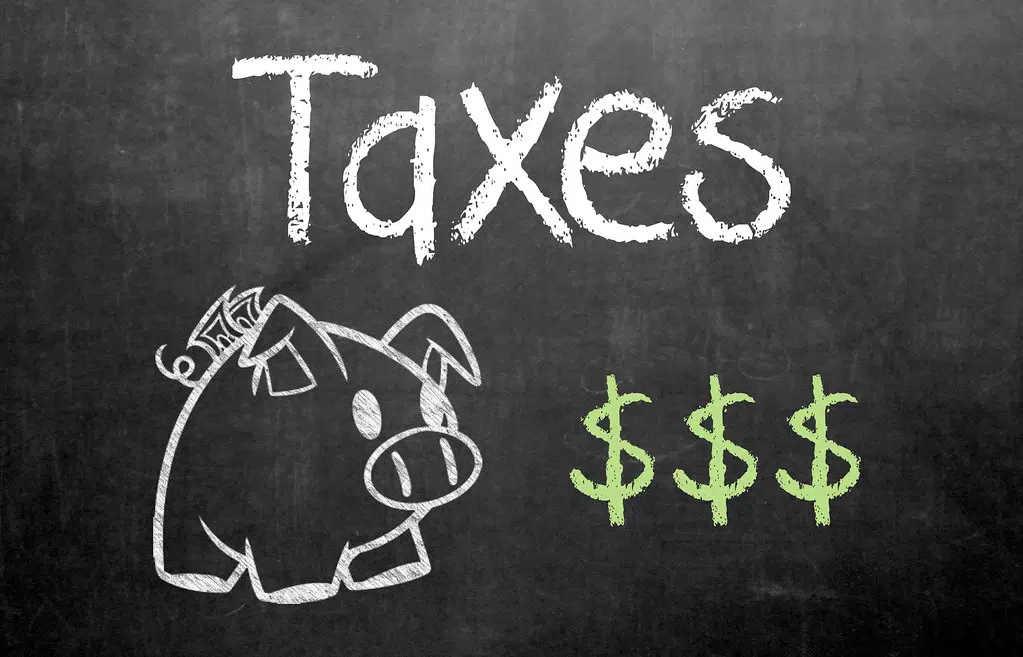With 2022 well underway, March has heralded in a time of the year that many dread: tax season.
Taxes are a notoriously complicated subject, with a lot of people preferring to go the way of tax services in order to have their taxes filed by the April 30 deadline. For students, this might be the first year that they’re filing their taxes on their own. That begs the question: what exactly is going on when you file your taxes, and why does it seem to be something so complicated for so many people?
Paul Murphy, a senior communications advisor with the Canada Revenue Agency, explains what filing your taxes does for you in a rather straight-forward way: “The bottom line is that you’re starting with your taxable income you report to the government. That’s what your first line is there. If you don’t have a taxable income, you can still file a return because you may be entitled to various benefits and credits that are tied to the income tax return.”
Reporting your income is easy enough: if you’ve had any source of income over the 2021 tax year, you’ll have received a document called a T4 or T4A. These should’ve showed up in the mail for you, but if you haven’t gotten them in time, you are also able to access your tax information online through the Canada.ca website by setting up an account. With your T4s and T4As, you can see how much income you’ve made in the last year, and how much of that income was taxed.
But, as Murphy said, the real incentive for students to file —even if you haven’t had any income over 2021— is the benefits and credits that you can be eligible for. For example, Canada offers students the ability to claim moving expenses on your taxes if you ended up moving to attend college, and your home is within 40 kilometers of school. There’s credits available for tuition and textbook amounts as well, which students can find the appropriate papers for through their school’s student portals. Even after you’ve graduated and have started to repay those student loans, any interest you’ve paid on them can be claimed as well.
Beyond student-specific credits, you can also receive the Climate Action Incentive, commonly known as the ‘carbon tax rebate.’ If you live outside of a major metropolitan area, you can get an extra 10% top up for living in rural Ontario. This credit is automatic: you get it just for filing your taxes and living in the province.
When it’s time to file, you can find professional help at any number of tax filing centers who can manage the work for you. It’s a good option if you’re not sure about filing your taxes yourself and don’t want to get them wrong. Filing incorrectly can be worrying: after all, famous mobster Al Capone wasn’t caught for any of his criminal enterprises, but was put in jail for tax evasion. But according to Murphy, the CRA knows the difference between a mistake and tax fraud:
“The basic principle behind the Canadian tax system is that it’s a self-assessing system. Generally speaking, we’ll accept your return as filed. But after the fact, we may subject it to review, so it’s important that, if you make a mistake and you find out about it, let us know as soon as you can. The principle is, if it’s an honest mistake and you catch it, you just let us know and we’ll fix it for you.”
If you’re one of the thousands in Canada looking at filing taxes for the first time, it can be a daunting experience. Canada knows that, has resources available to help you get your affairs in order. You can find helpful guides and interactive lessons on filing your taxes at https://canada.ca/guide-learn-about-taxes, or calling 1-800-959-8281.






Comments